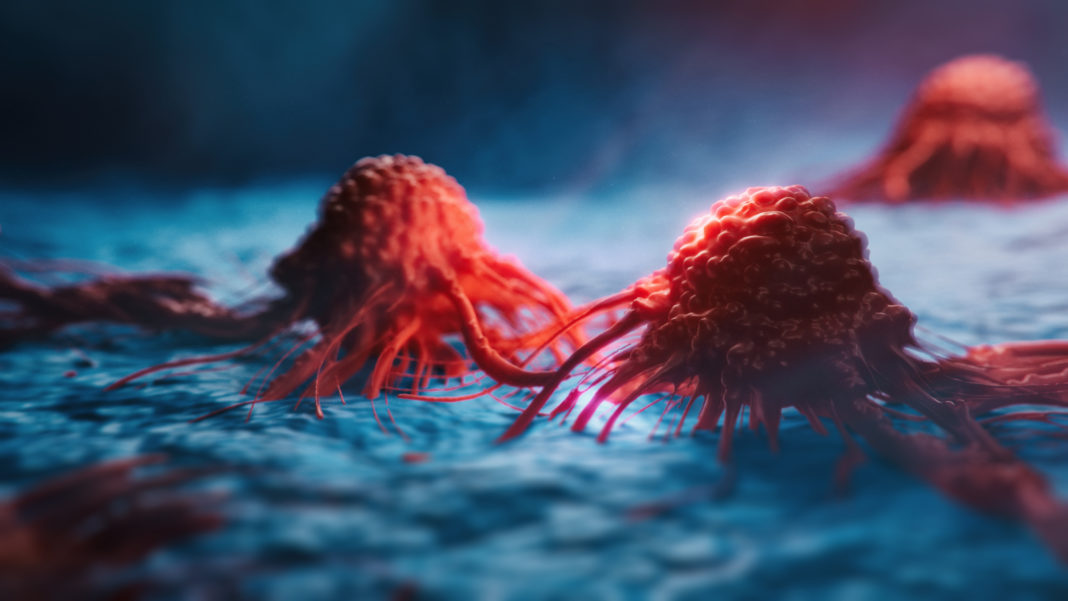When cancer cells resist the effects of drugs used for treatment, they can grow and reform tumors, a process known as recurrence or relapse. Sometimes resistance develops quickly, within a matter of weeks of starting treatment. In other cases, it develops months, or even years, later. New research out of St. Jude along with Australian and English collaborators demonstrates how a cellular-cleaning protein, ABCG2, removes many kinds of chemotherapeutics from a cell and how to prevent it, which may improve future anticancer therapies.
The findings are published in Nature Communications in a paper titled, “The net electrostatic potential and hydration of ABCG2 affect substrate transport.”
“ABCG2 is a medically important ATP-binding cassette transporter with crucial roles in the absorption and distribution of chemically-diverse toxins and drugs, reducing the cellular accumulation of chemotherapeutic drugs to facilitate multidrug resistance in cancer,” the researchers wrote. “ABCG2’s capacity to transport both hydrophilic and hydrophobic compounds is not well understood. Here we assess the molecular basis for substrate discrimination by the binding pocket.”
Our body employs a family of proteins called ATP-binding cassettes (ABC) to function as cellular cleaners, responsible for collecting and transporting excess chemicals from the cell. However, they often cause a significant issue in chemotherapy—the ABCs, particularly the protein ABCG2, do too good a job of cleaning up the cell and removing the administered drugs, often before they can affect the tumor.
“ABCG2 plays a role in clearing toxins and protecting healthy stem cells from chemotherapy and toxic chemotherapeutic agents,” said John Schuetz, PhD, St. Jude department of pharmacy and pharmaceutical sciences. “We showed a few years ago that ABCG2 levels were quite high in certain subtypes of medulloblastoma, which impacted how much of the drug could get in to kill the cancer cells,” Schuetz said. “In this study, we found why the protein is able to clear out such a broad spectrum of chemo drugs, which can now inform efforts to improve anti-cancer strategies.”
“We were completely puzzled by ABCG2’s promiscuity until we did these studies,” Schuetz said. “We found that unlike some of its genetic family members, which have a very hydrophobic binding pocket, the ABCG2 pocket is dotted with hydrophilic residues as well as hydrophobic ones.”
ABCG2 is unique because it is involved in removing both, making it capable of removing many types of anticancer drugs from cells and limiting therapeutic efficacy. In effect, it has more removal tools than its family members.
The researchers set out to find the exact residues giving ABCG2 the capability to bind and remove hydrophilic molecules. Two amino acids stand out within the substrate binding site of ABCG2, a threonine and an asparagine.
The work highlights a way forward to combat drug resistance, especially in cancer. ABCG2 inhibitors are often combined with chemotherapies, but preventing ABCG2 function can result in off-target detrimental effects. “The goal is to design ABCG2 inhibitors that have minimal effect on normal tissues but target the tumor,” Schuetz said.
The researchers hope more effective, less detrimental inhibitors can be designed to target the binding site threonine in ABCG2 when paired in combination with hydrophilic molecules used in chemotherapy.


